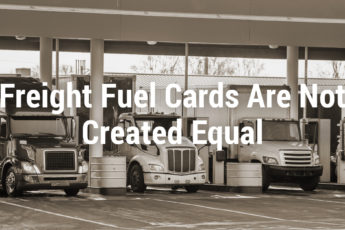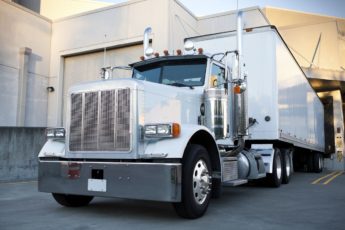The increased talk of trucking automation has caused some apprehension among fleet owners and drivers alike. With Google, Amazon, and even Uber working on “self-driving” trucks, there is a growing concern that the trucking industry will go the way of the dinosaurs. However, there are ways for fleet owners and drivers to get in front of the trucking automation movement to remain secure and relevant in this brave new world.
The Rise Of the Machines
We saw similar fears arise back in the 1980s, when programmable robots were implemented in automotive manufacturing plants. Highly skilled laborers were worried about machines putting large groups of people out of work. With digital technology being adopted by truckers and fleet owners across the globe to make work more efficient, it is not that for of a leap for full trucking automation to make the future gloomier than it really is.
Adaptability
As mobile apps and GPS positioning entered the trucking industry, fleet owners and independent drivers adapted and integrated the technology to make business more streamlined, and deliveries safer and more efficient. Some people in the trucking industry even ended up learning new skills, such as computer networking, app design, and programming to stay ahead of technological changes. Trucking automation is not going to cause mass unemployment, just a shift in required skills. Fleet owners are already learning how self-driving trucks will work to see what existing employees will need to know and learn to remain competitive.
Trucking Automation Will Not Happen Overnight
Trucking automation is going to become a reality, but people are not going to wake up and suddenly find themselves replaced by machines. The earliest self-driving trucks are slated to become available in 2020. In that time, more information will become available about how this will impact existing drivers and what new skills will be required. There may even be entirely new career paths opening with trucking automation. Just 20 years ago, no one imagined trucking fleets would require knowledge and experience with computers. Again, we all have three years to figure out how we are going to tackle the question on automation, but in all likelihood, the window is about a decade.
The Cost Of Trucking Automation
Trucking automation isn’t going to happen, well, automatically. People have to actually buy the self-driving trucks and the systems to maintain them. As with any new technology, expect the cost to be quite high upon release, until it becomes more prolific and the cost of production goes down. Additionally, expect federal and state laws to undergo changes to consider all the factors of self-driving trucks, as well as insurance companies to get a handle on how things work. There’s a lot of time to prepare for full trucking automation, but we can’t sit on the sidelines and think it’s never going to happen. We have to be active in anticipating change to keep fleets and drivers competitive.






